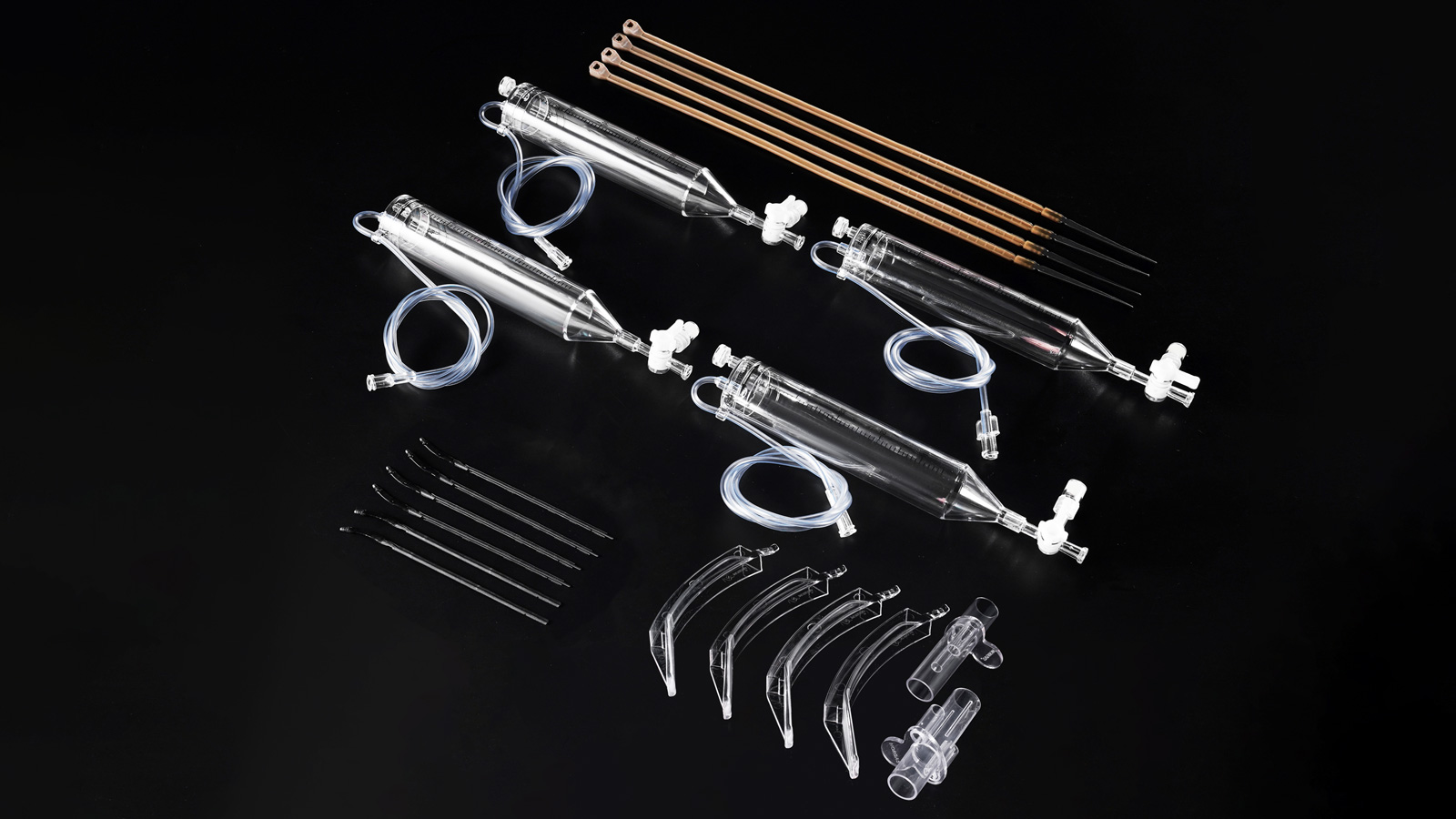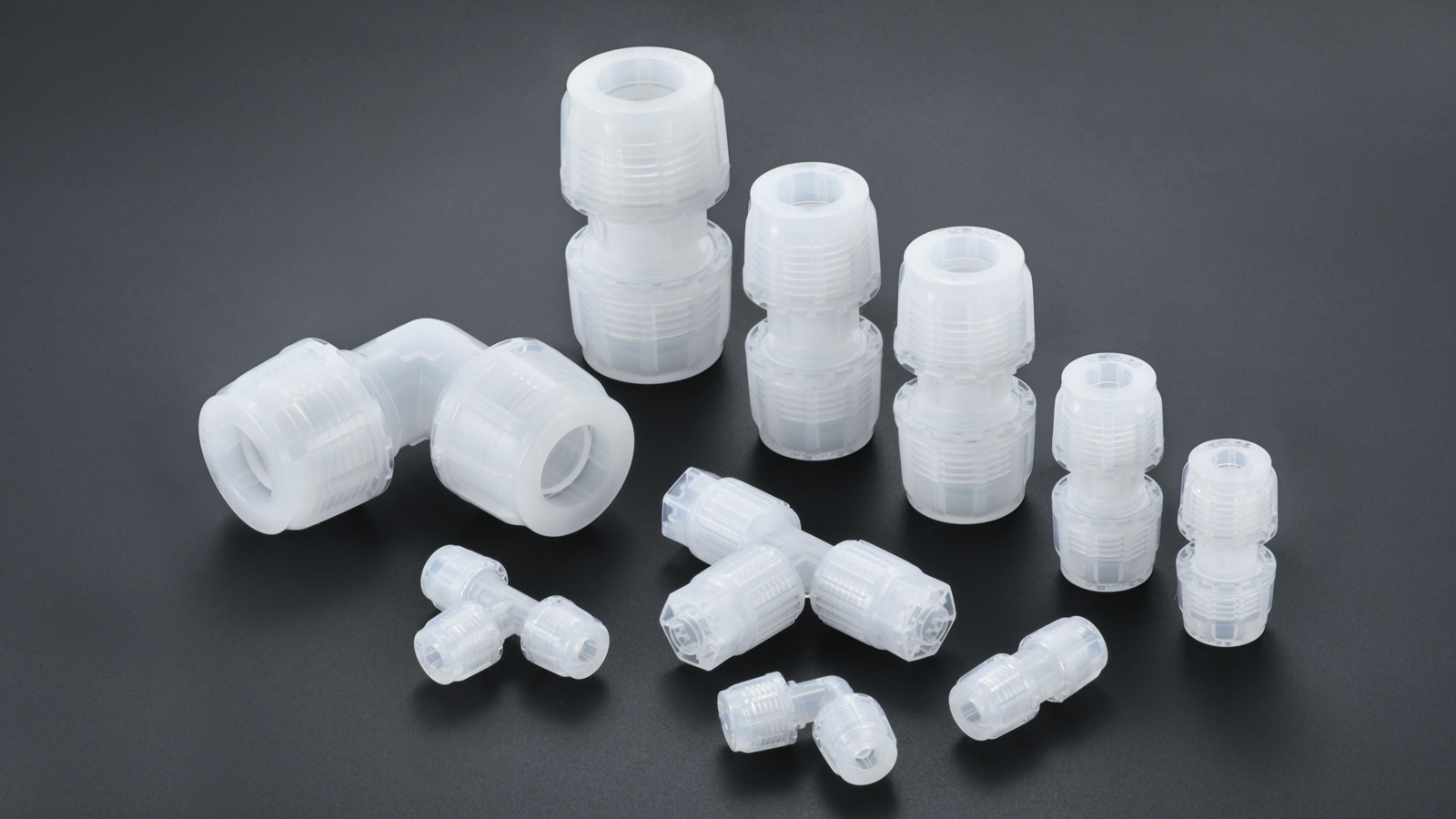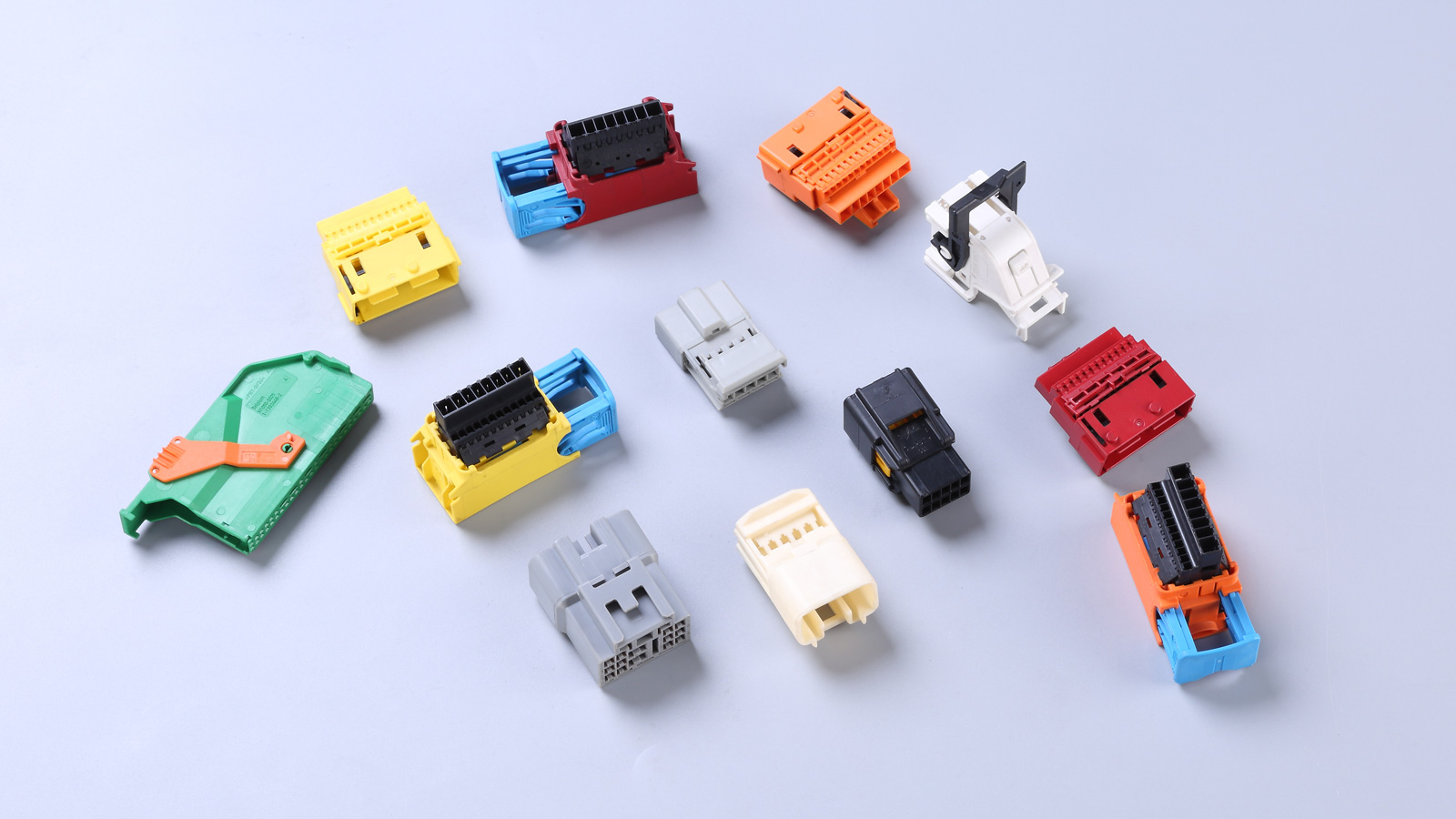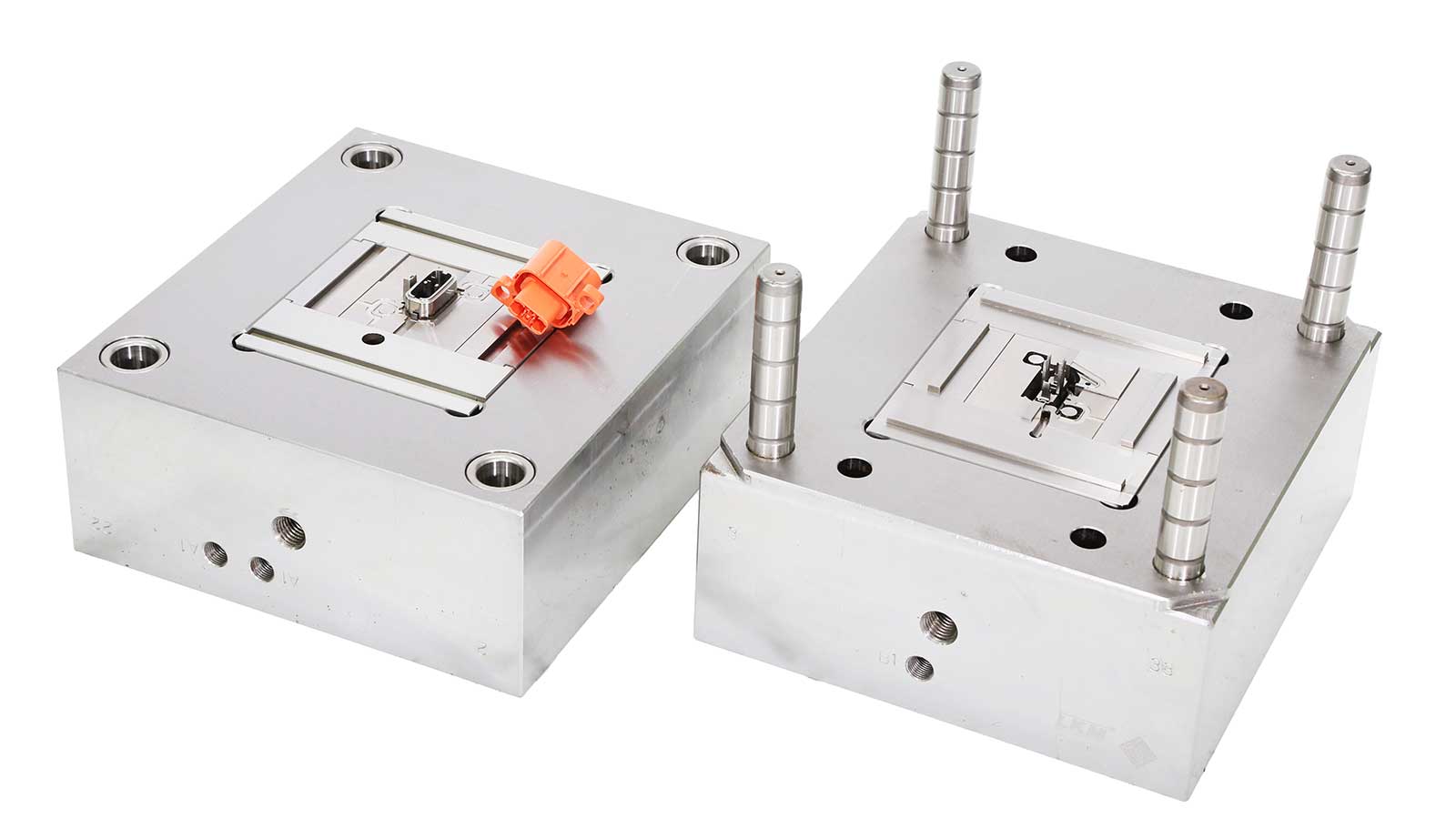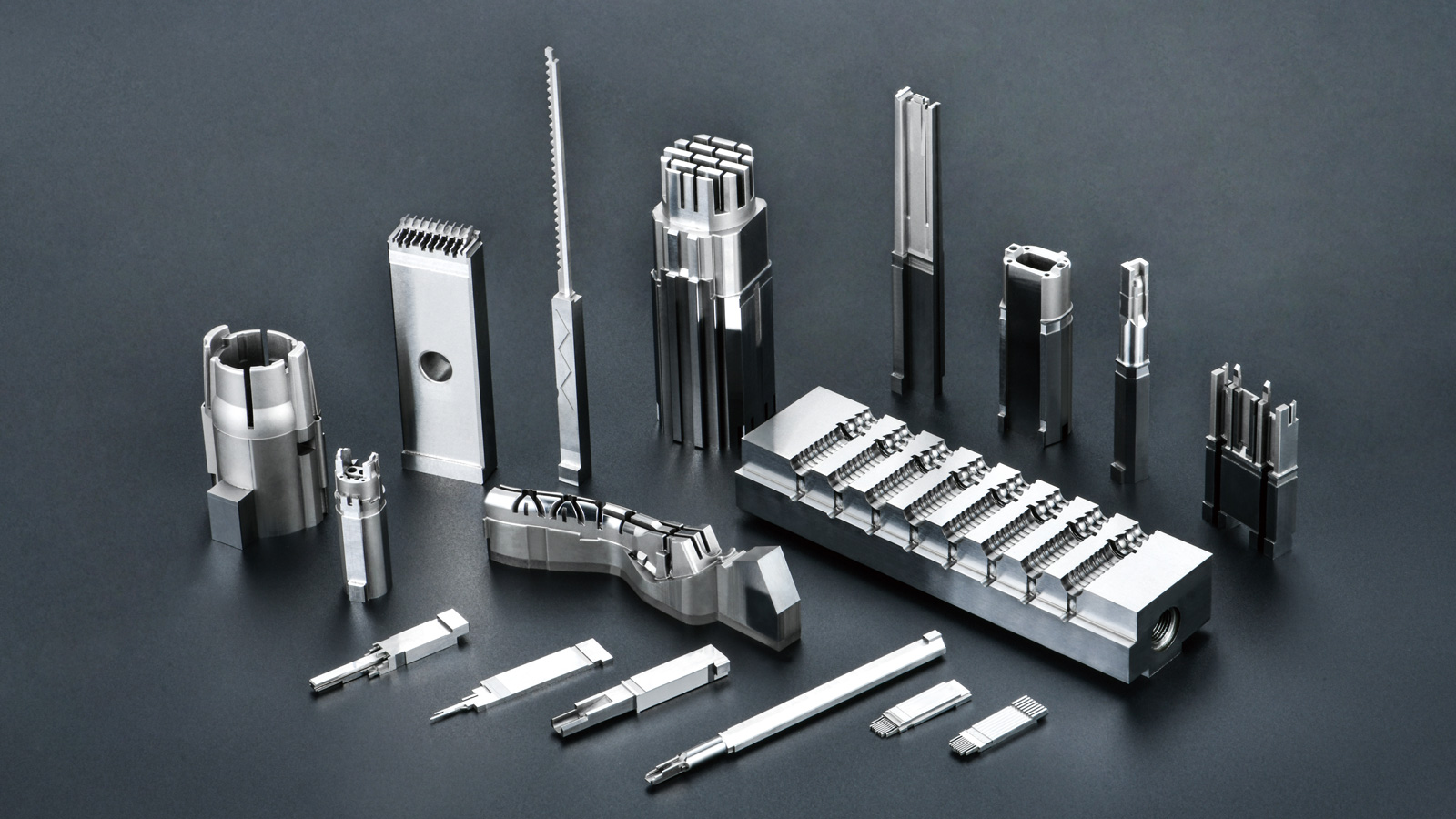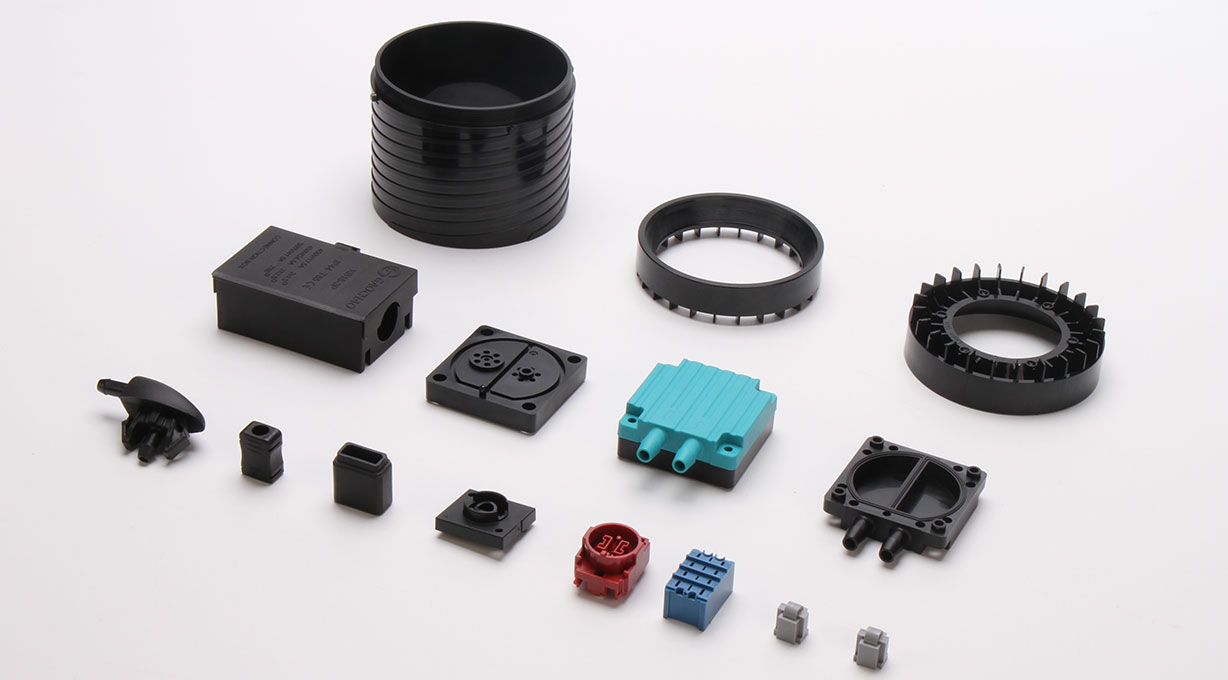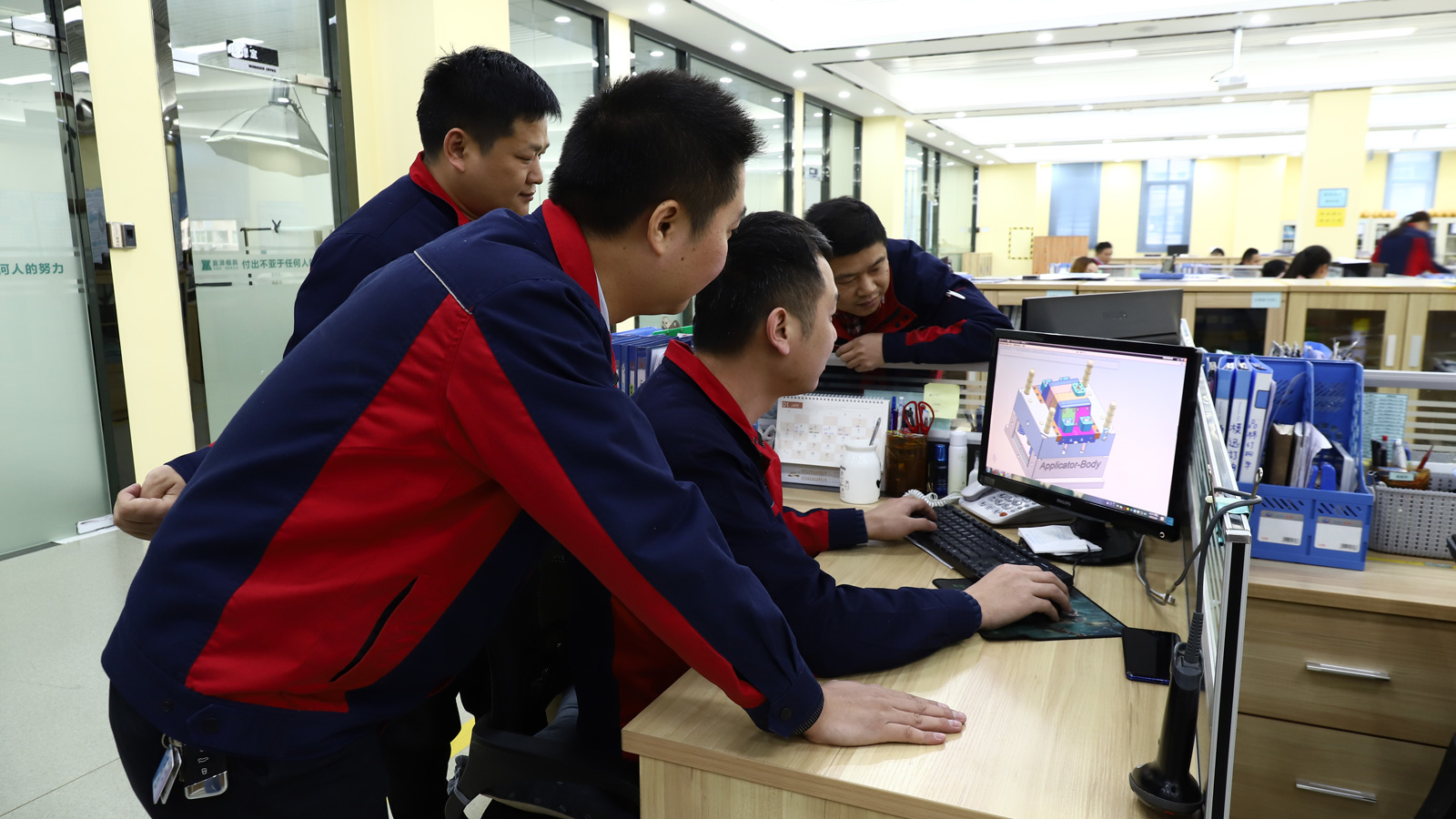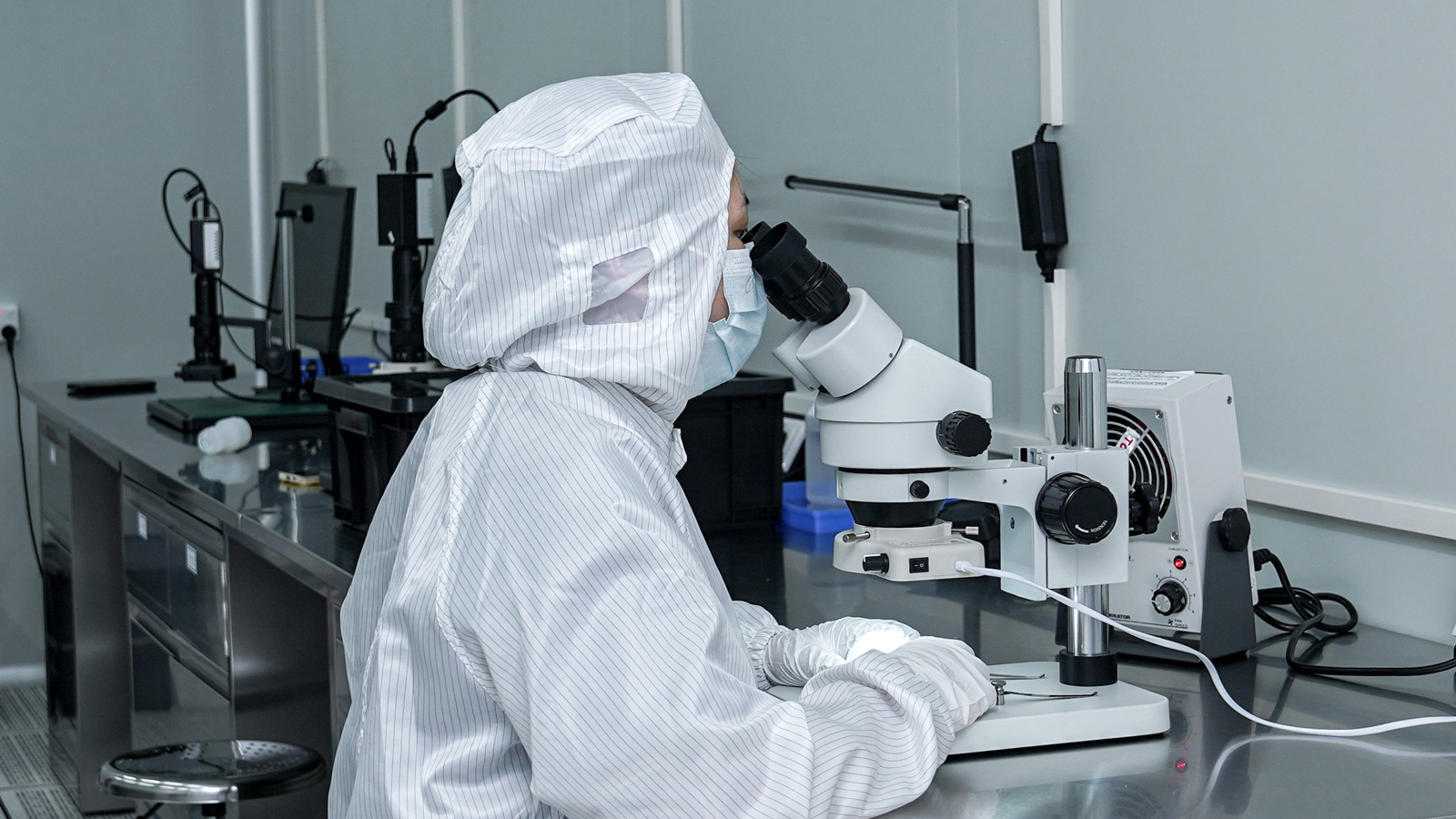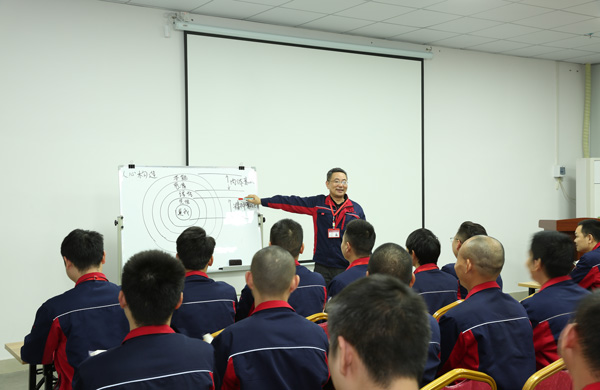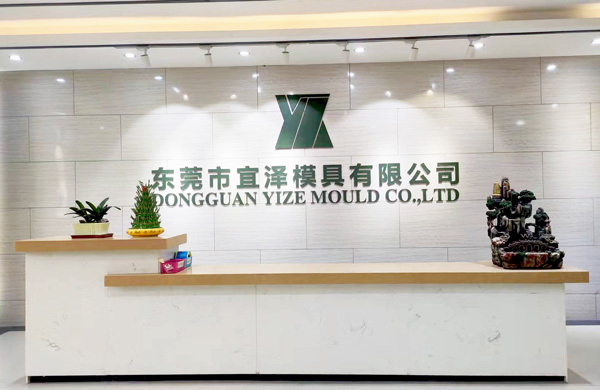In the design of injection molds, a rotary demoulding mechanism is an effective way to achieve thread demoulding by utilizing the relative rotation and movement between the plastic part and the threaded core or ring. So, what are the key considerations when designing a rotary demoulding mechanism for the threaded part? The following will elaborate on this in detail.
I. Requirements for the Plastic Part
After the plastic part is formed, it needs to be demoulded from the threaded core or threaded ring, which requires relative motion between the two. Therefore, the shape or end face of the plastic part must have measures to prevent rotation; otherwise, demoulding will be difficult. To achieve this goal, patterns or textures that prevent rotation are usually designed on the shape or end face of the plastic part. These patterns or textures can increase the friction between the plastic part and the mold, effectively preventing the plastic part from rotating with the threaded core or ring during the demoulding process, thus ensuring the smooth progress of the demoulding operation.
II. Requirements for the Injection of Mold
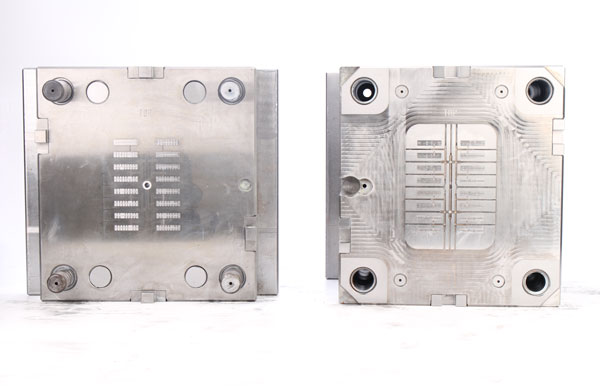
(1) The Necessity of an Anti – Rotation Mechanism
Since the plastic part needs to be prevented from rotating, the injection mold must be equipped with a corresponding anti – rotation mechanism. When the cavity of the plastic part and the threaded core are designed on the moving mold at the same time, the cavity itself can to some extent ensure that the plastic part does not rotate. However, in actual design, not all cases can meet the requirement that the cavity and the threaded core are located on the moving mold simultaneously. For example, when the cavity is on the fixed mold and the threaded core is on the moving mold, after the mold is opened, the plastic part will leave the cavity of the fixed mold. At this time, even if there are anti – rotation patterns on the shape of the plastic part, they cannot function, and the plastic part will remain on the core of the moving mold and rotate with it, making demoulding impossible. Therefore, when designing the injection mold, full consideration must be given to the design of the anti – rotation mechanism to ensure the smooth demoulding of the plastic part in various situations.
(2) Design Points of the Anti – Rotation Mechanism
When designing the anti – rotation mechanism, it is necessary to comprehensively consider the structure of the plastic part, the layout of the mold, and the specific requirements of demoulding. On the one hand, it is necessary to ensure that the anti – rotation mechanism can effectively restrict the rotation of the plastic part and guarantee the stability of the demoulding process; on the other hand, the structure of the anti – rotation mechanism should be as simple as possible to avoid increasing the manufacturing cost and maintenance difficulty of the mold due to excessive complexity. At the same time, it is also necessary to consider the cooperation between the anti – rotation mechanism and other parts of the mold to ensure the coordinated operation of the entire mold system.
In conclusion, when designing a rotary demoulding mechanism for the threaded part, attention should be paid to both the characteristics of the plastic part itself and the design requirements of the injection mold. Only by fully considering various factors and reasonably designing the anti – rotation mechanism can the reliability and stability of the rotary demoulding mechanism be ensured, and the efficiency and quality of injection molding production be improved.
